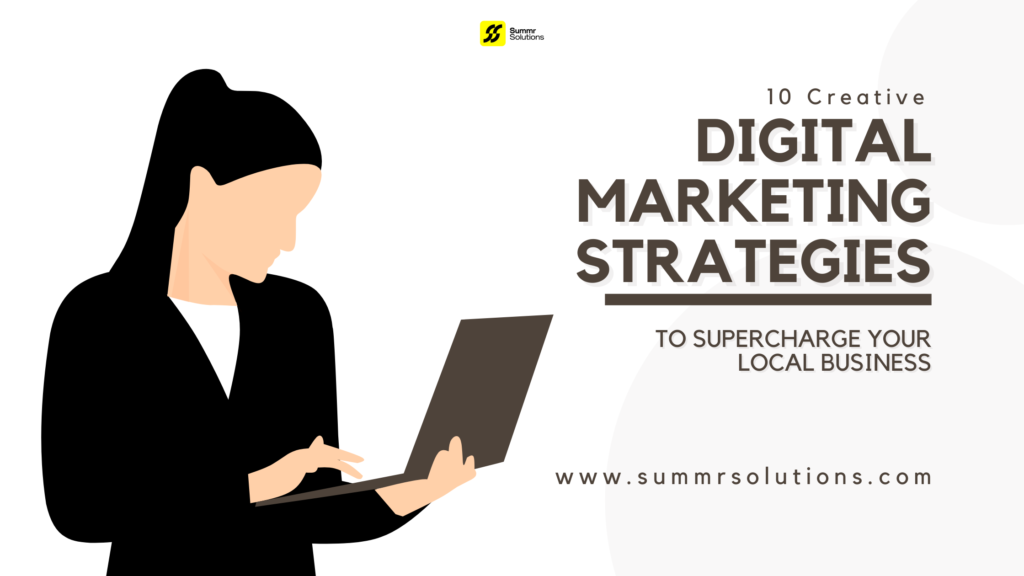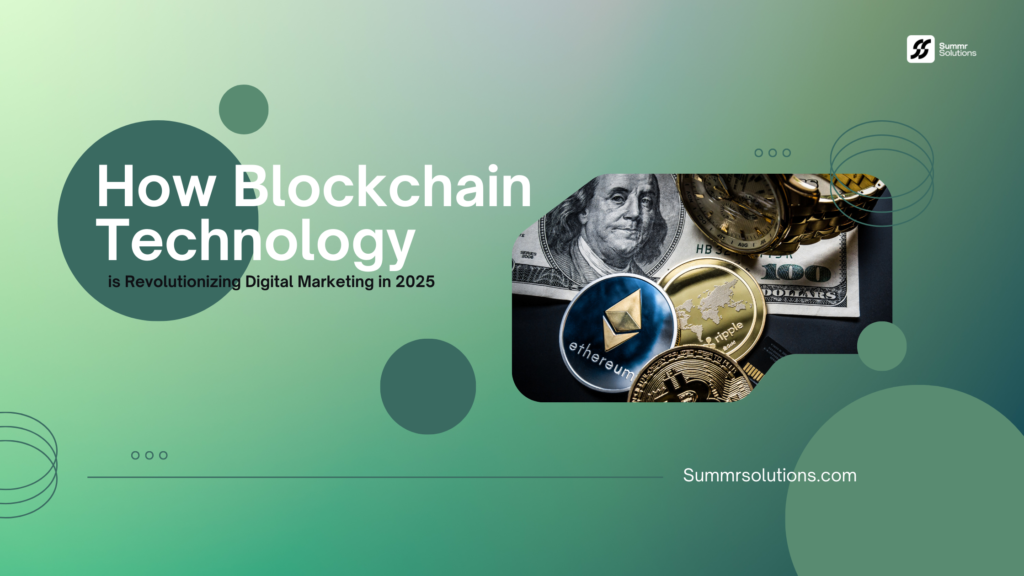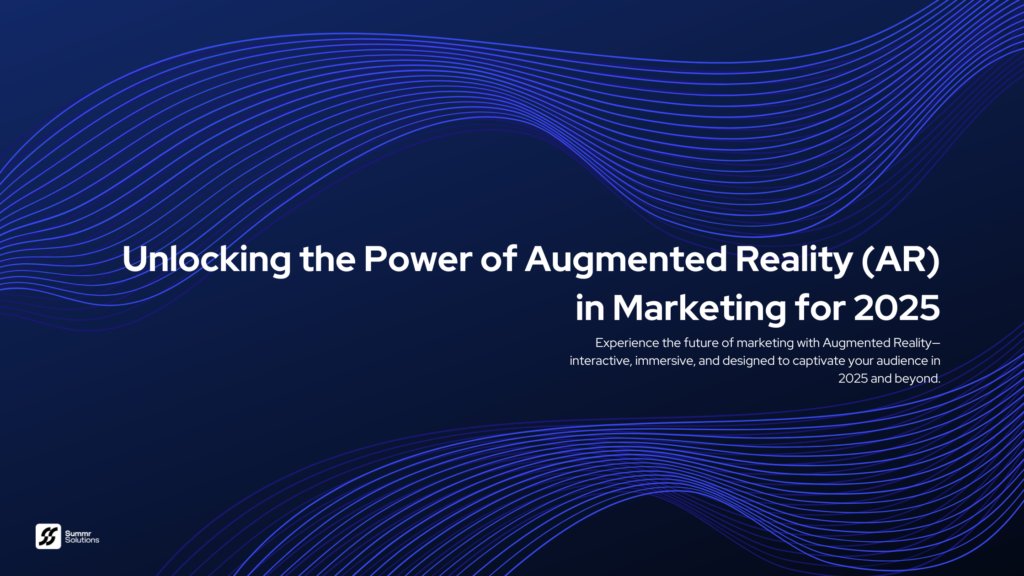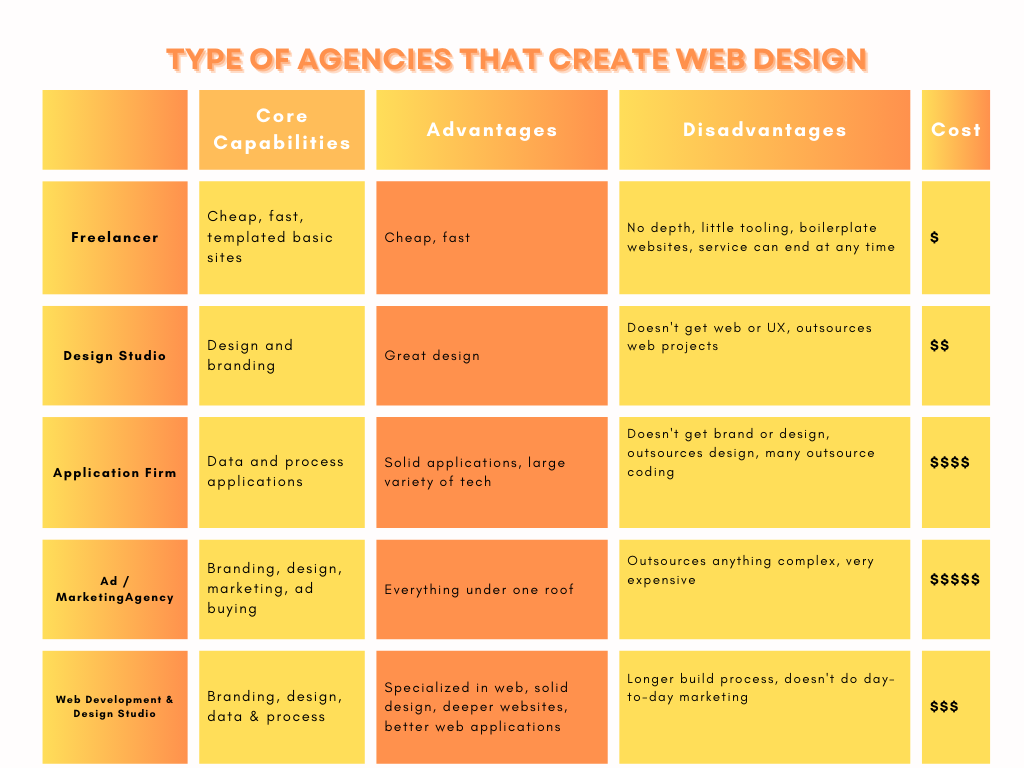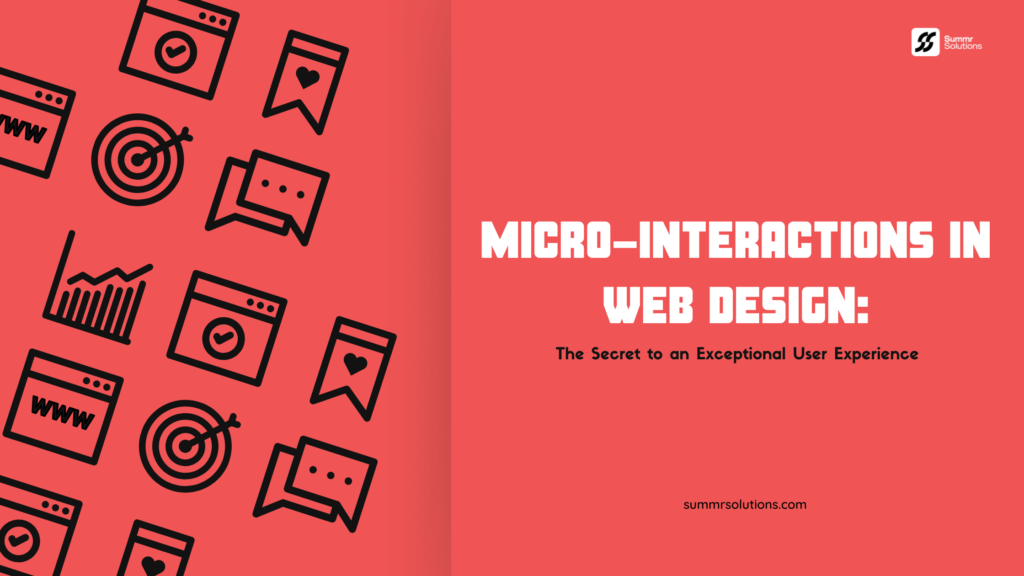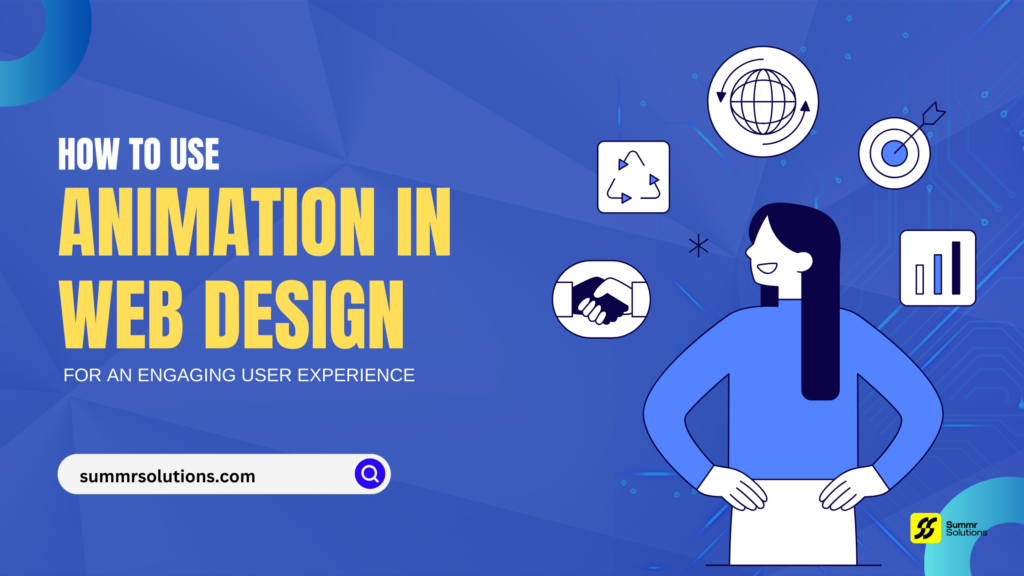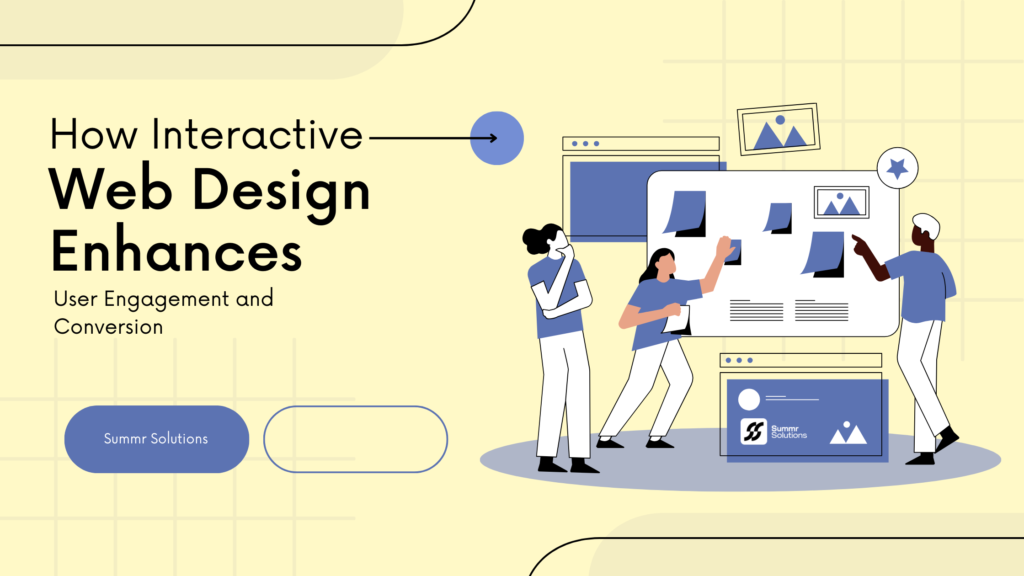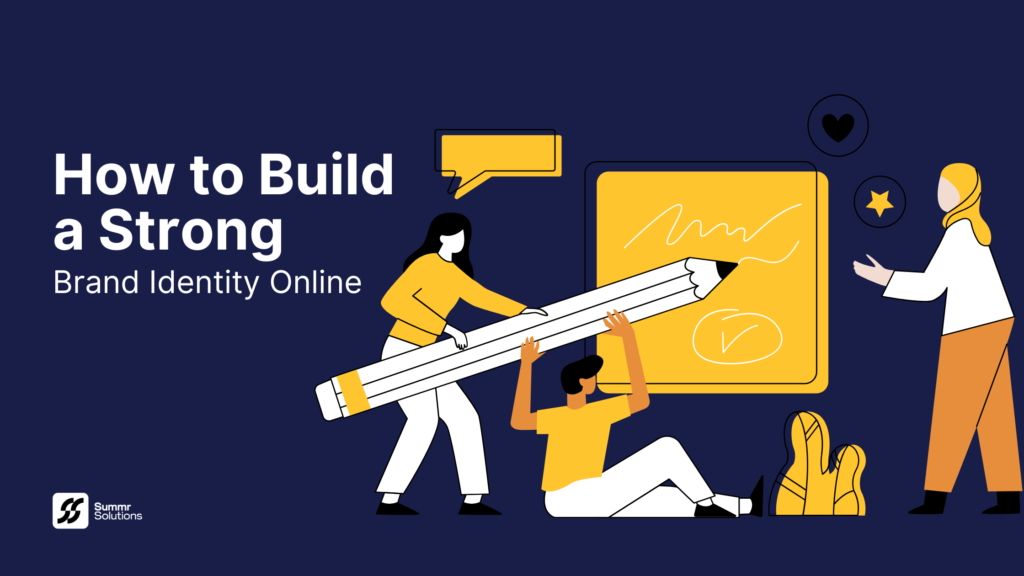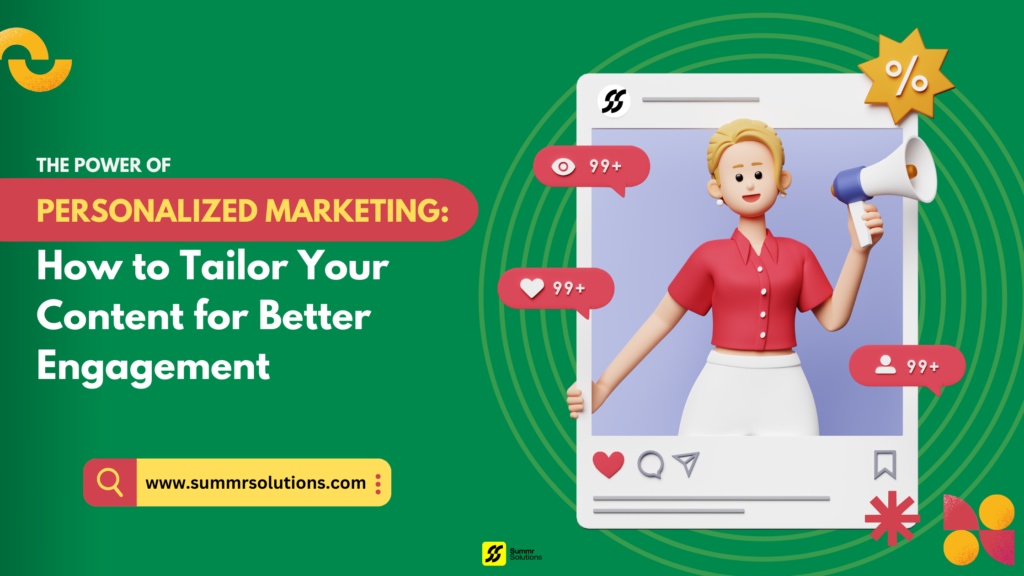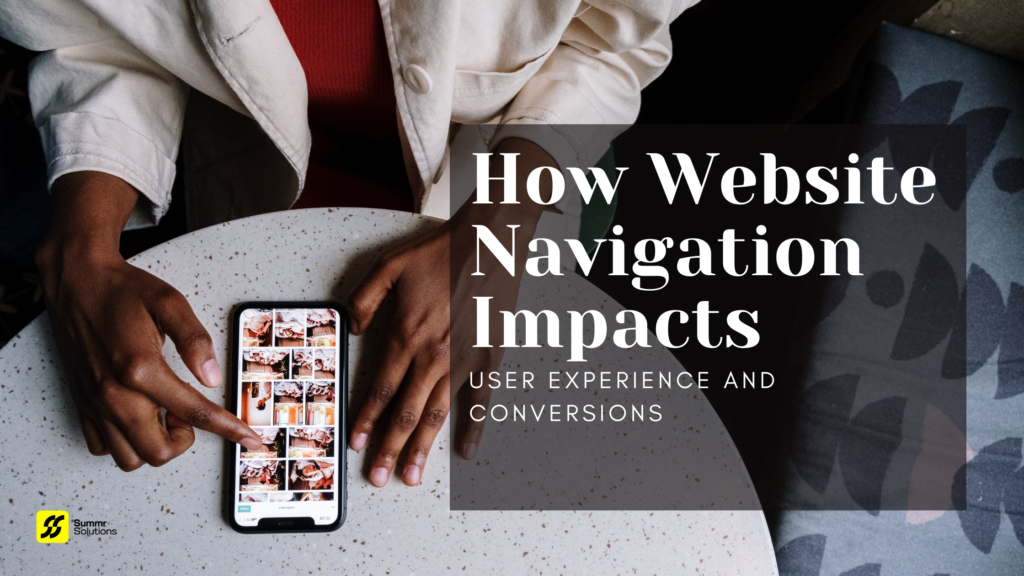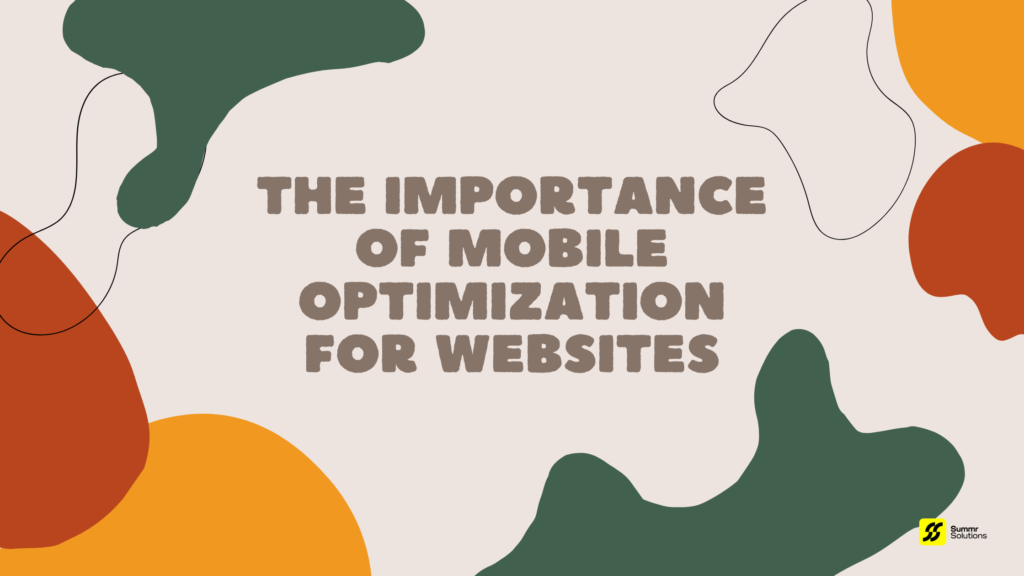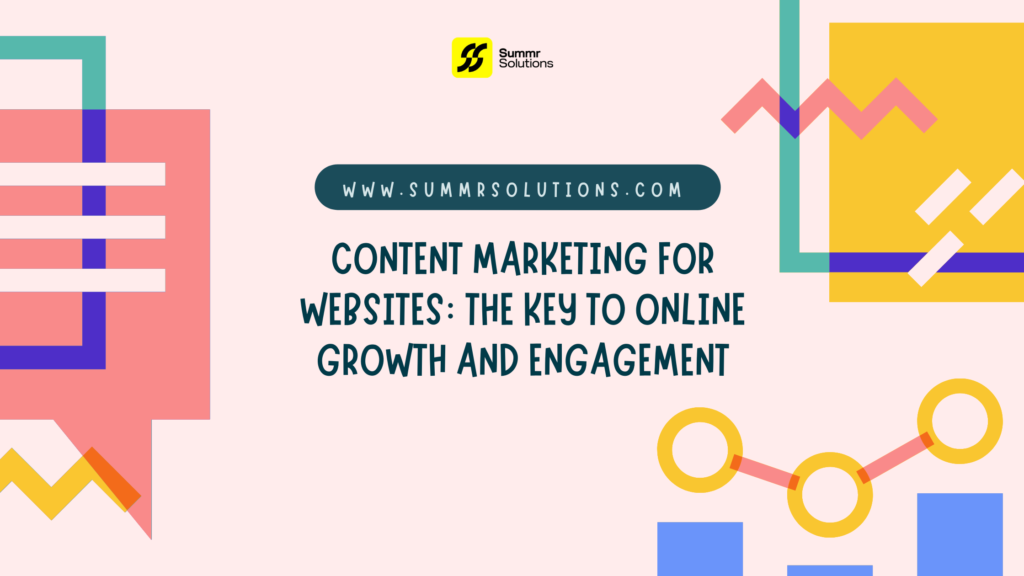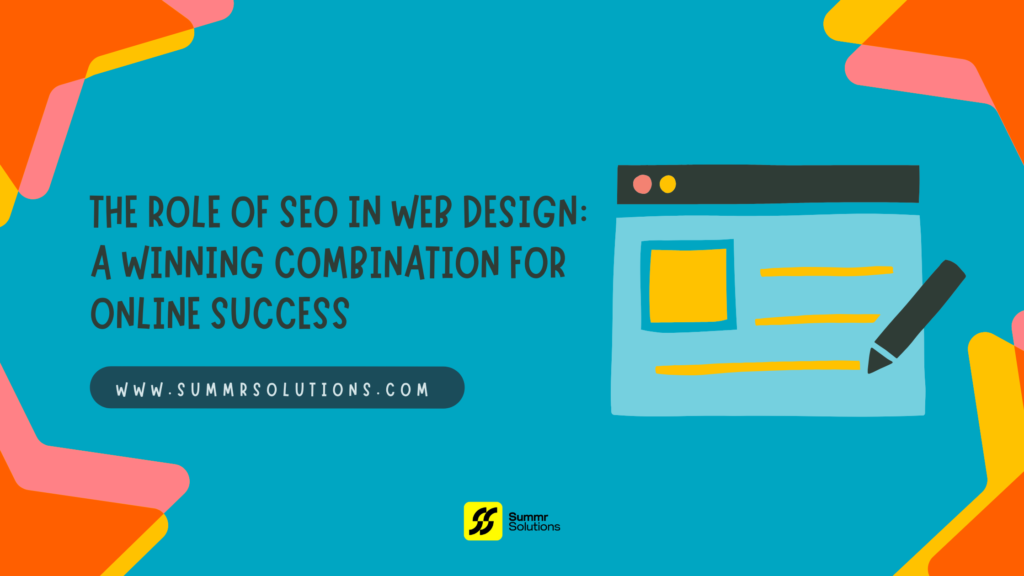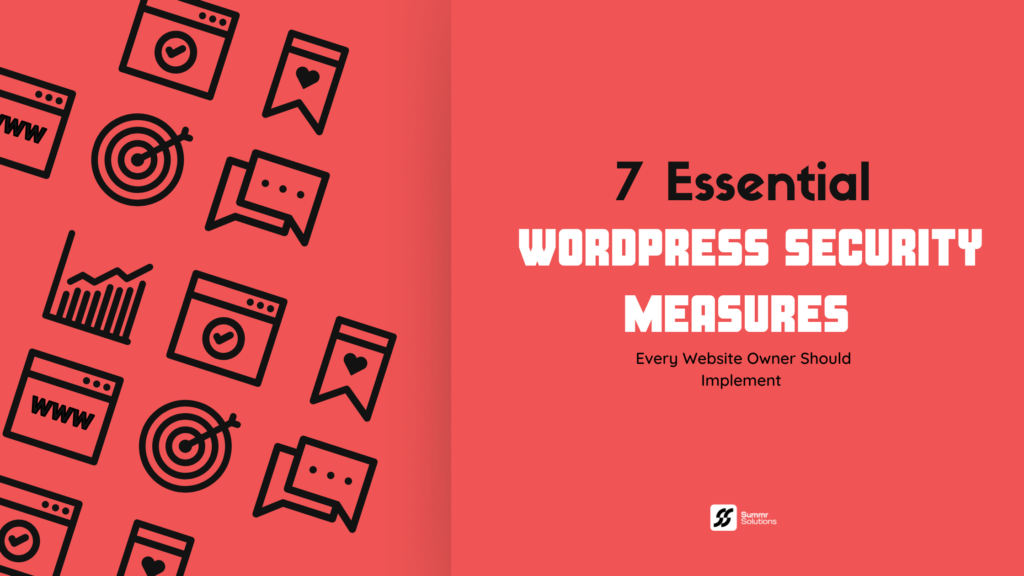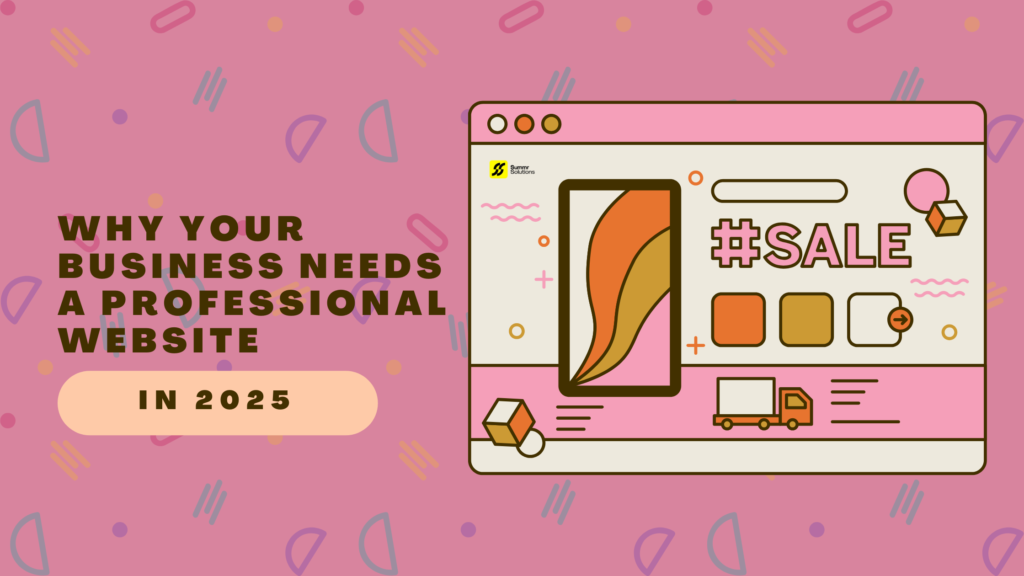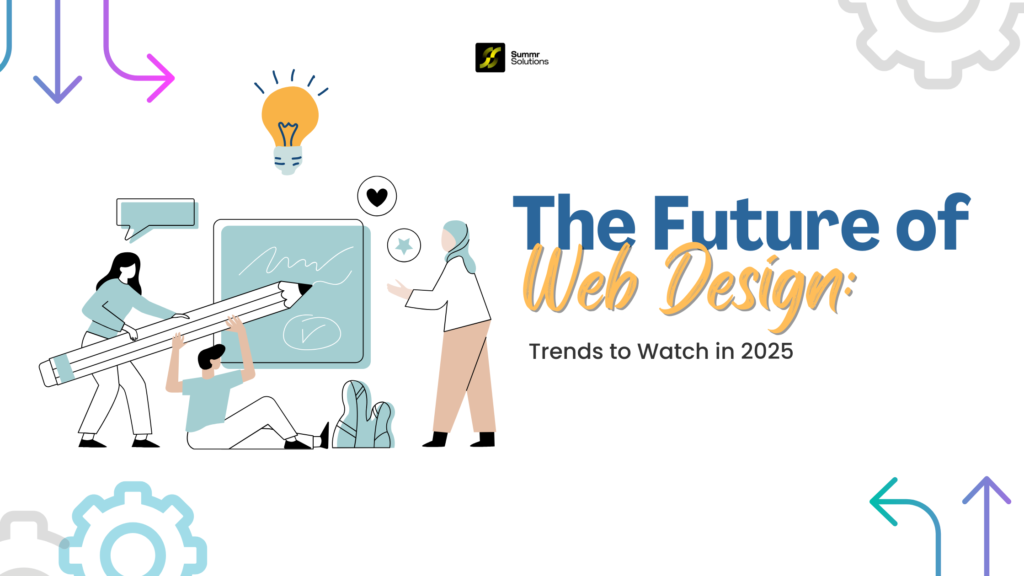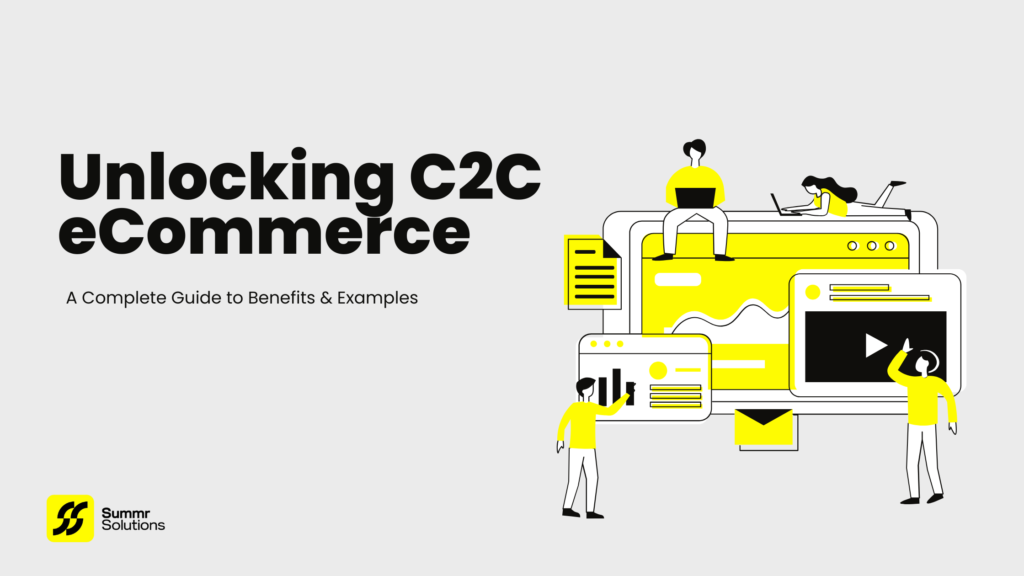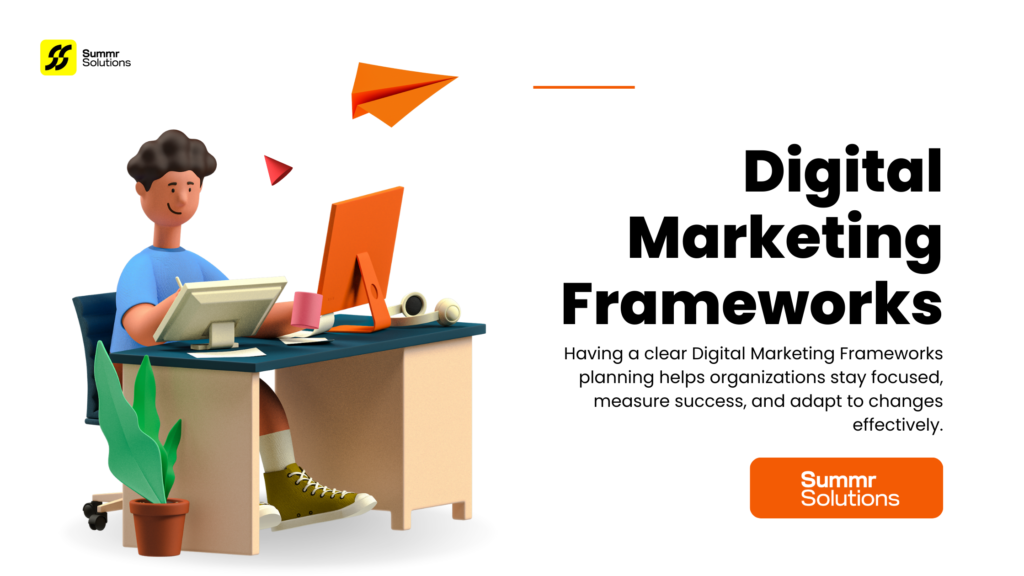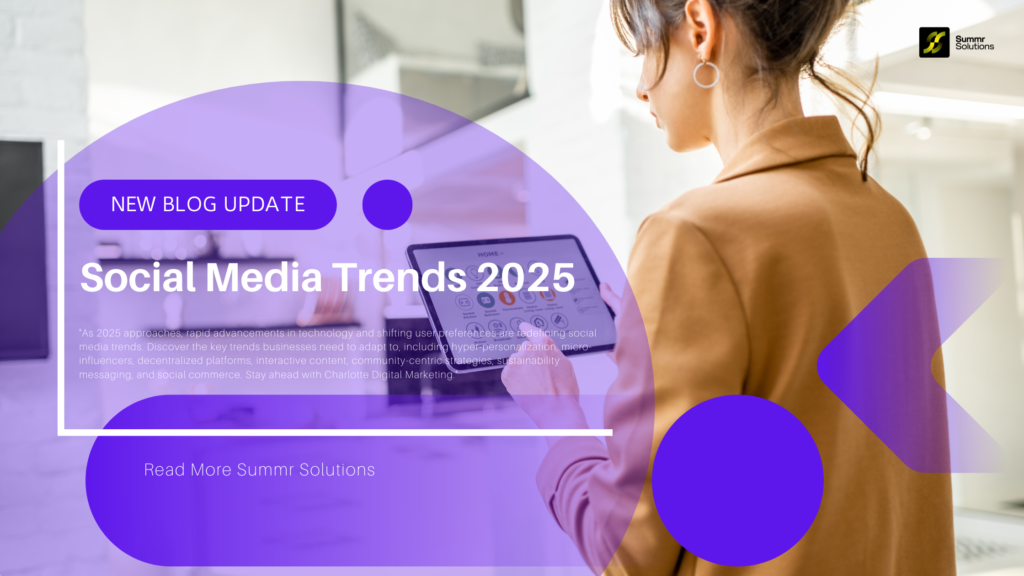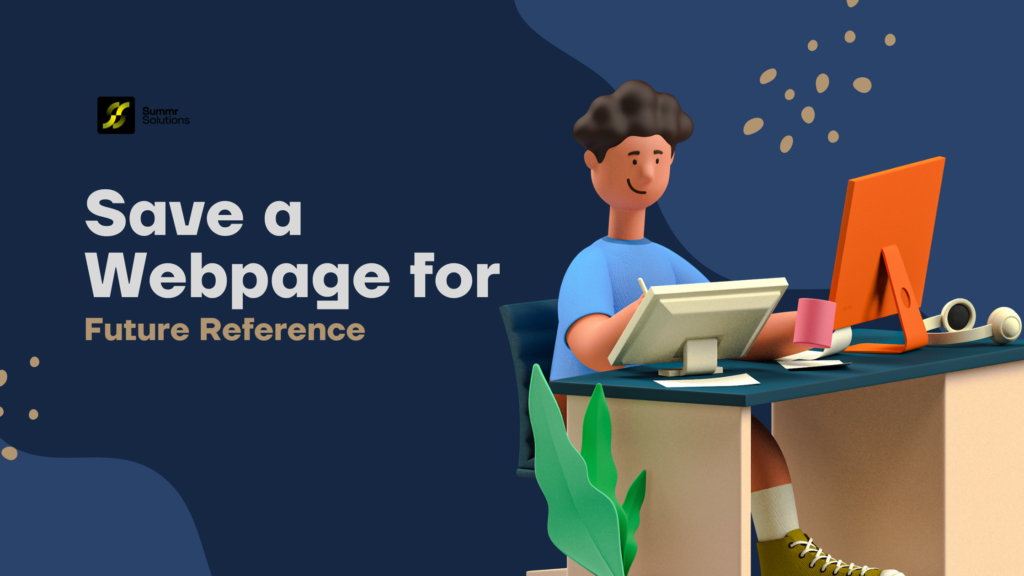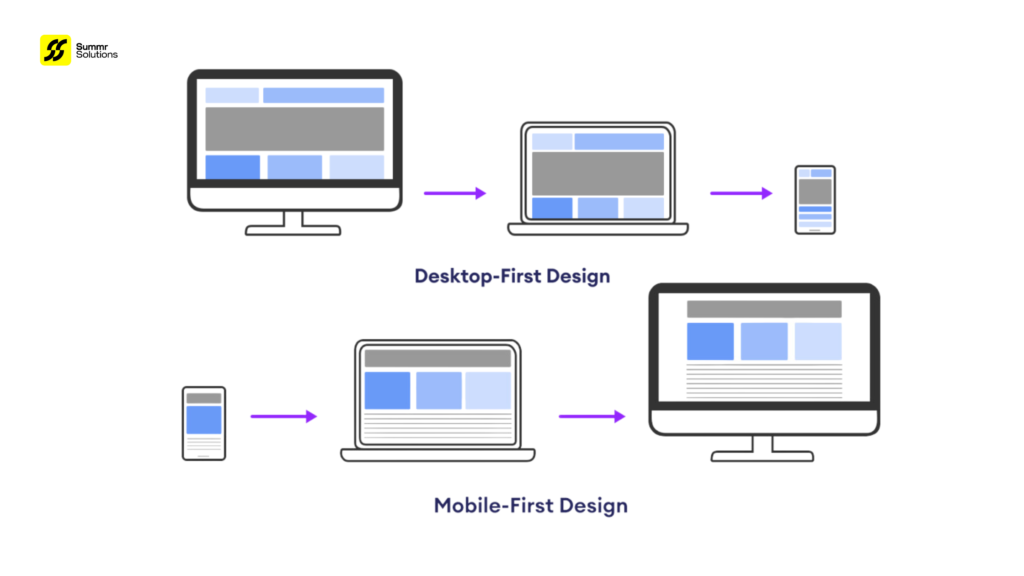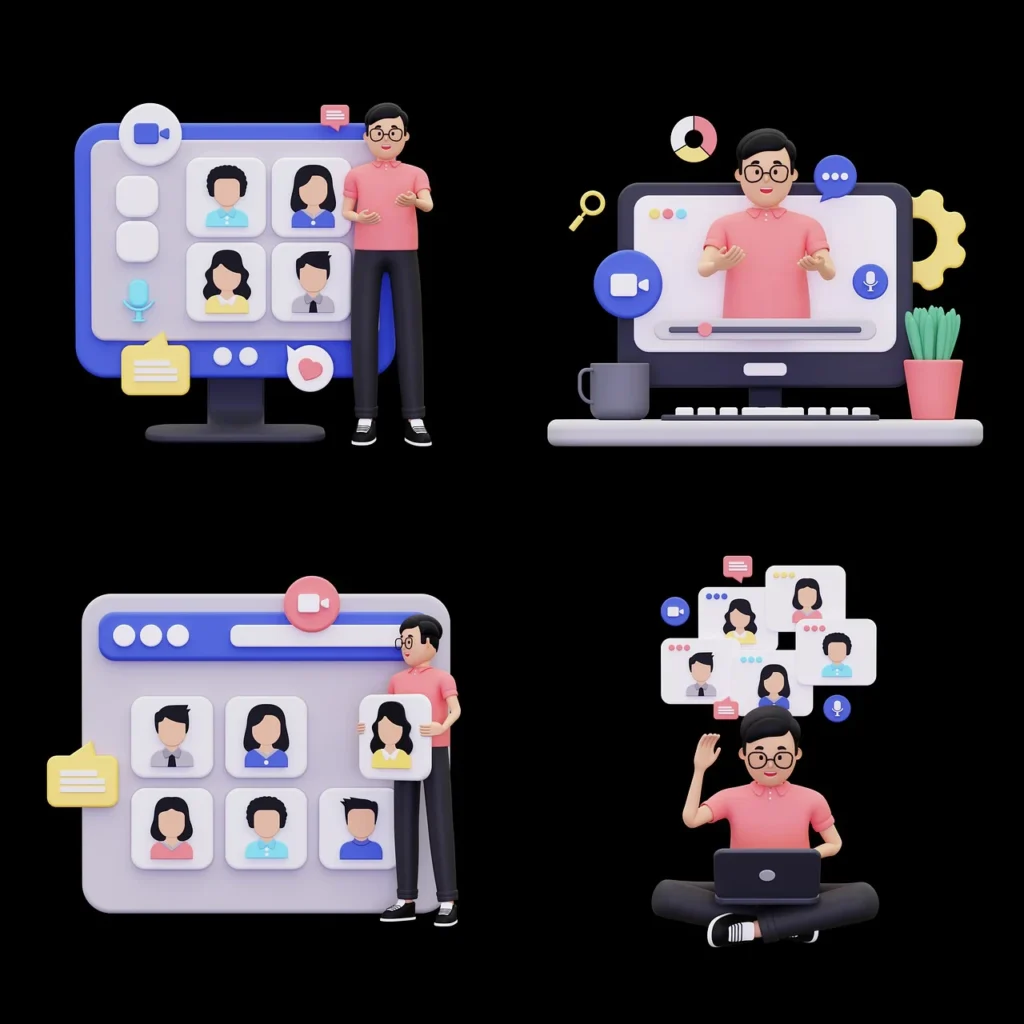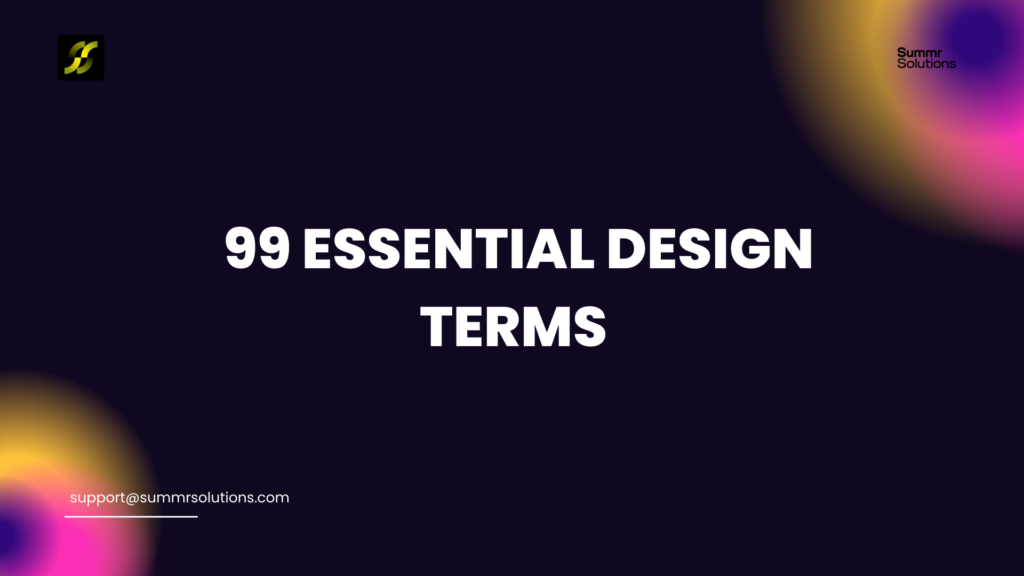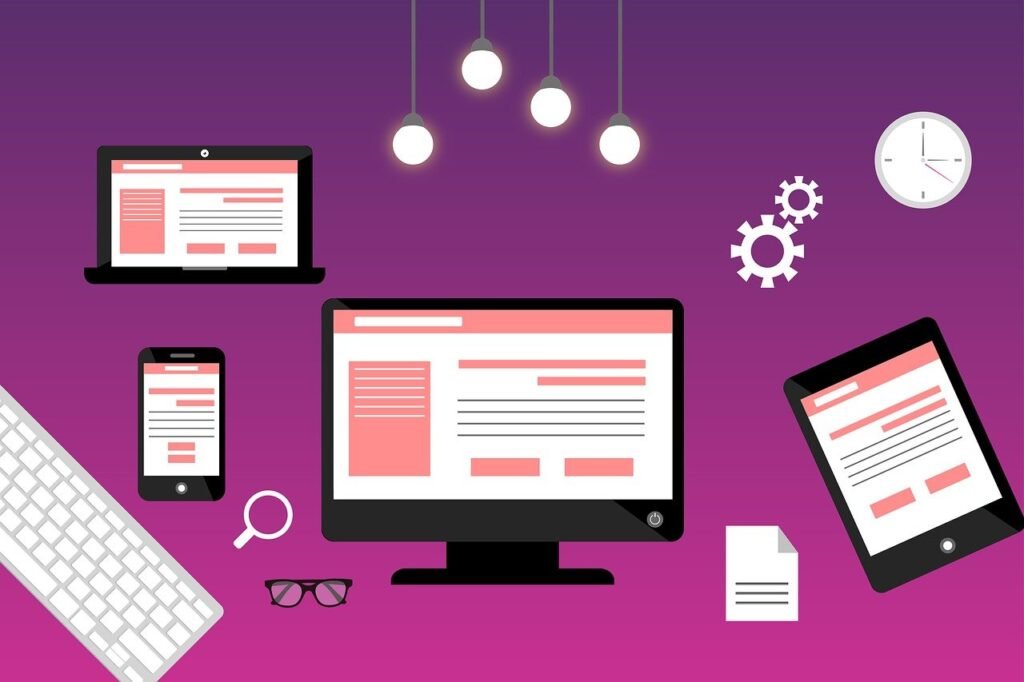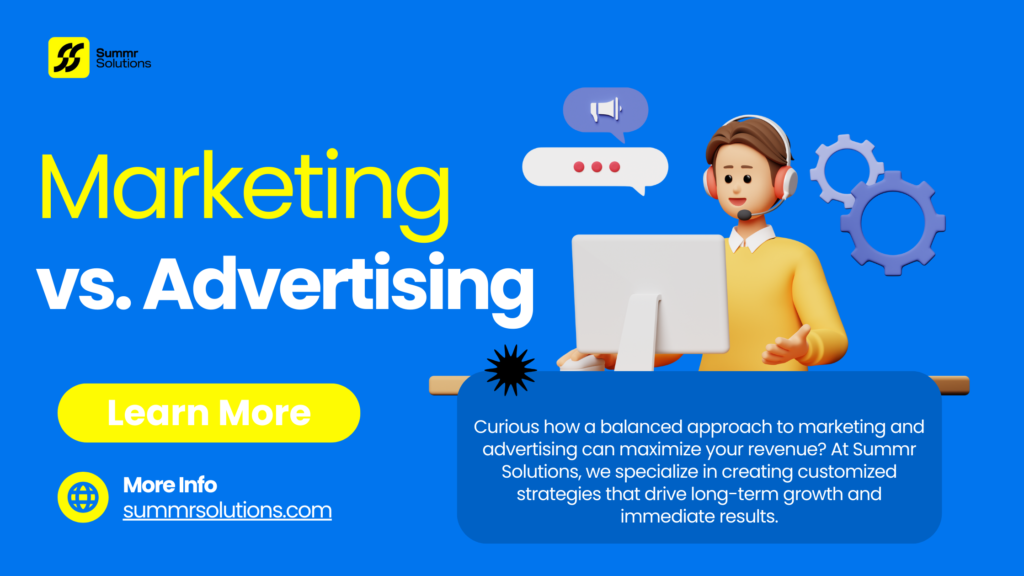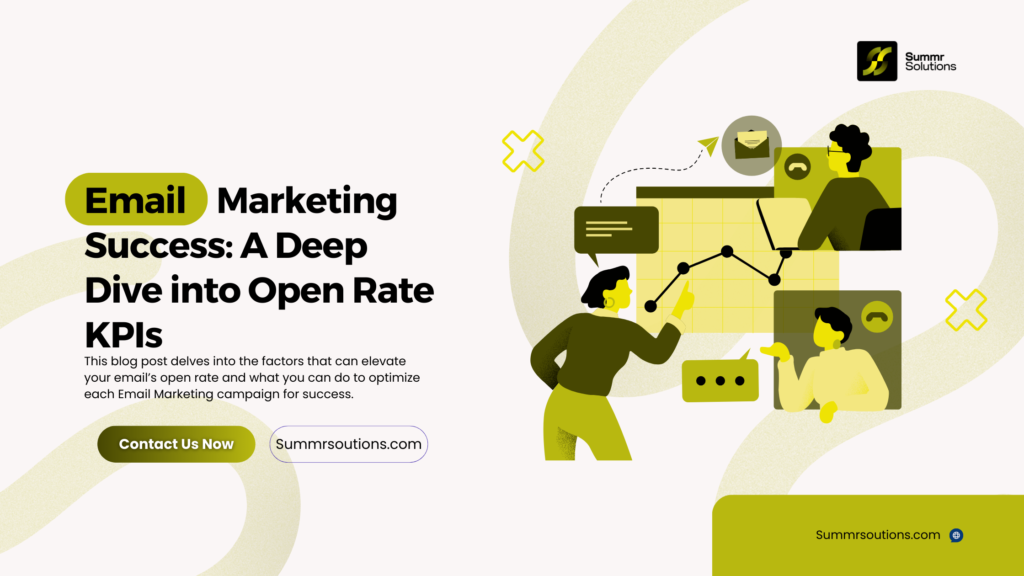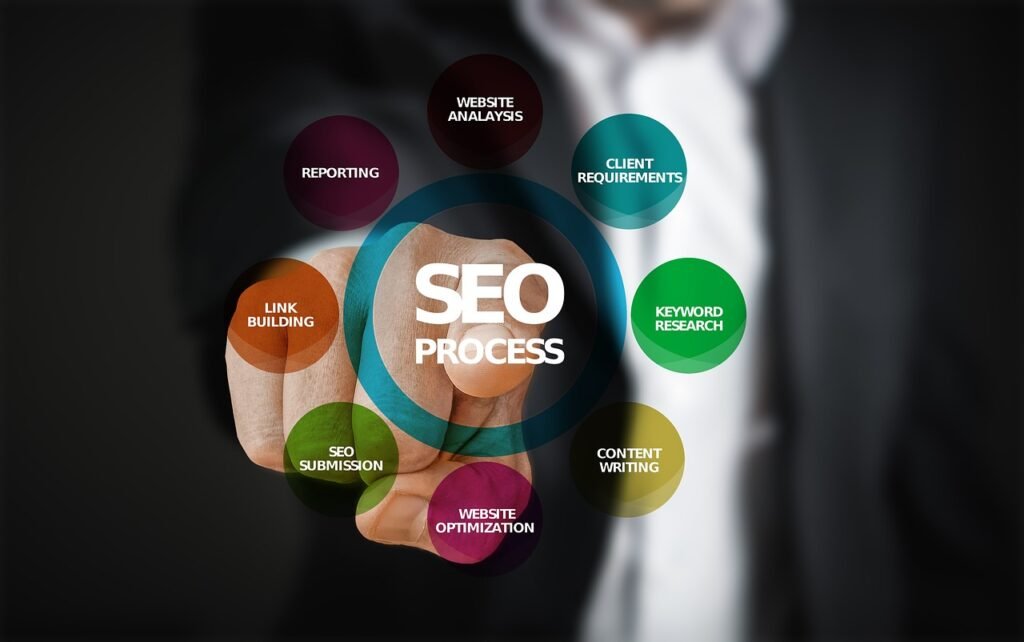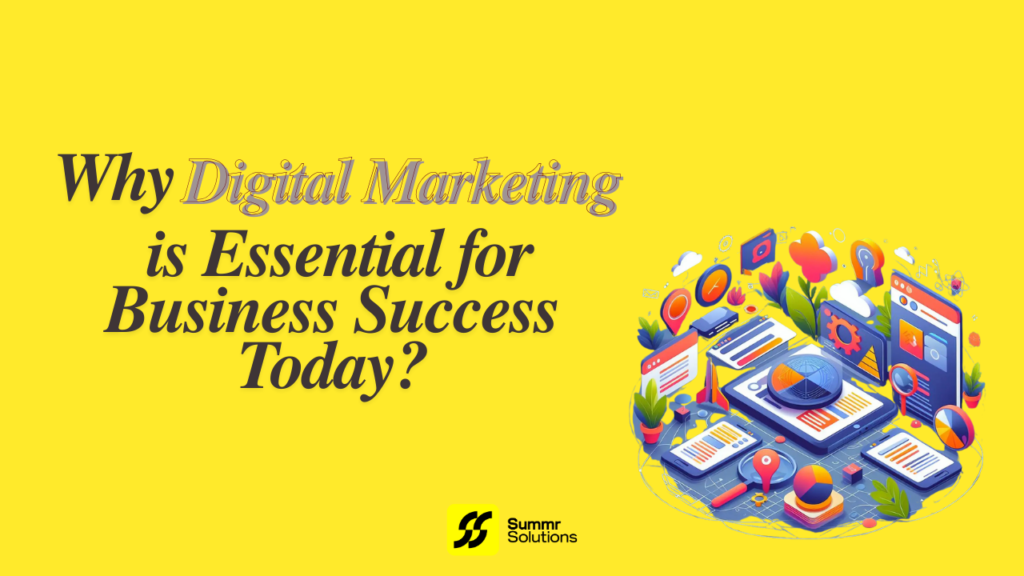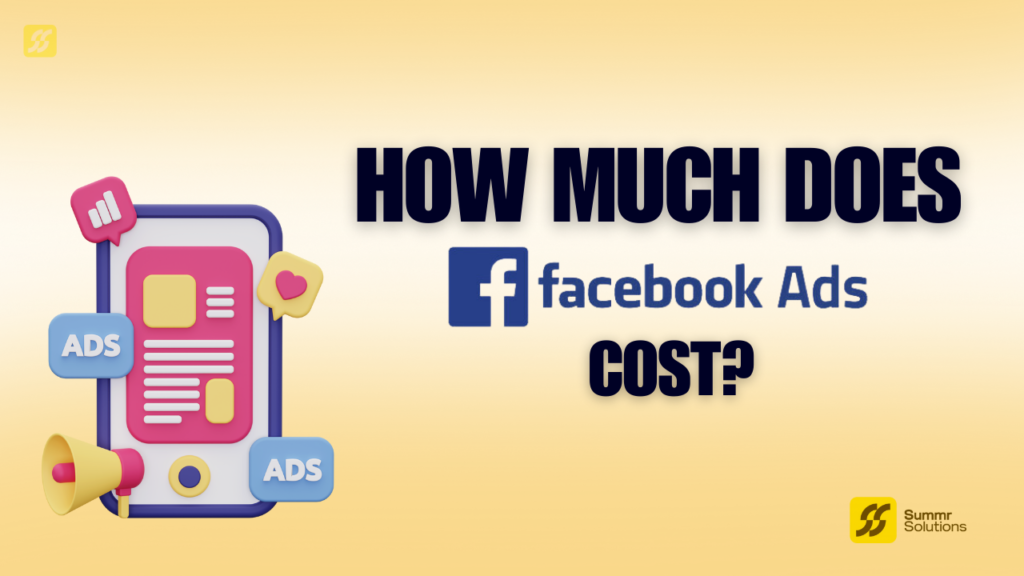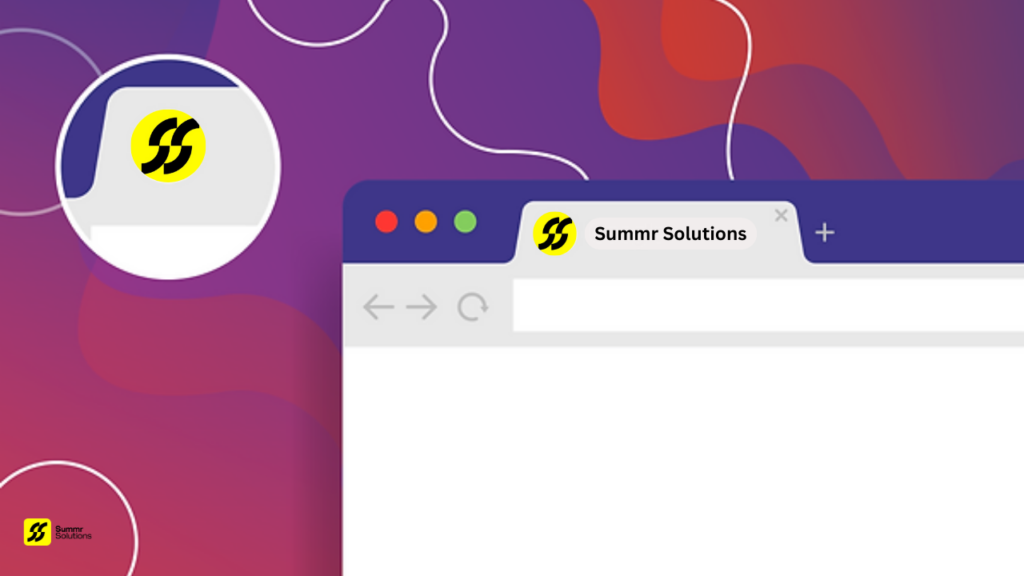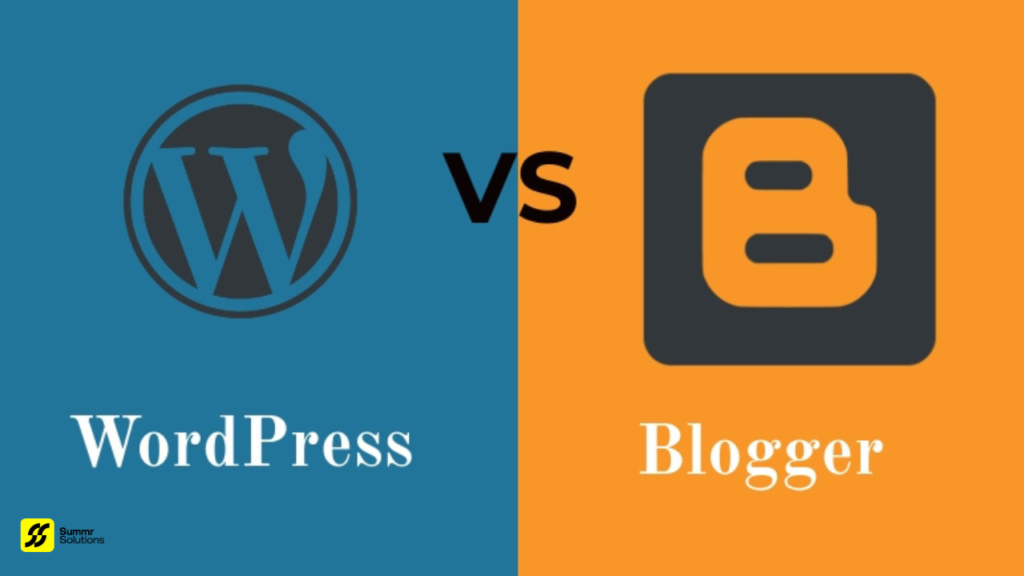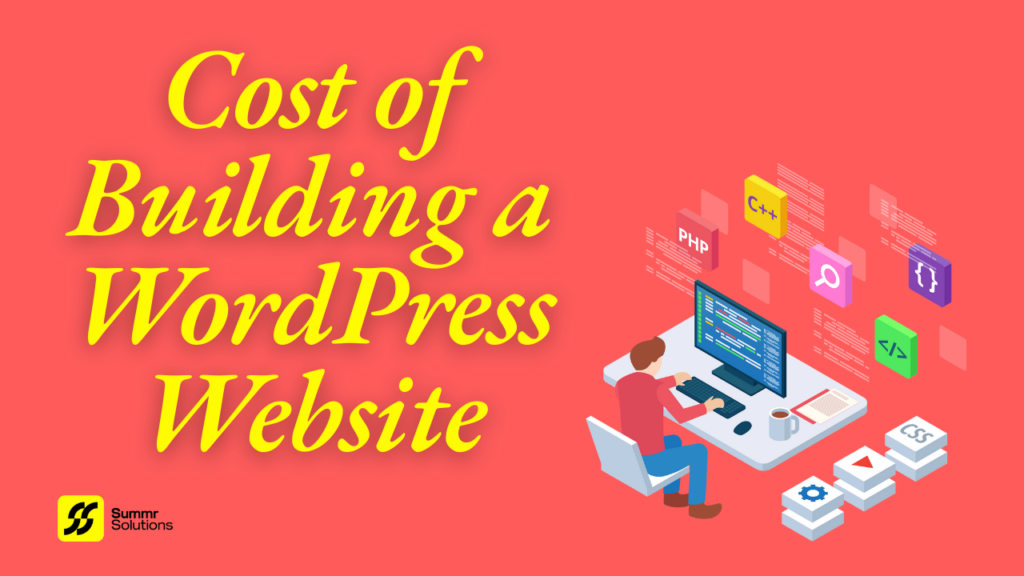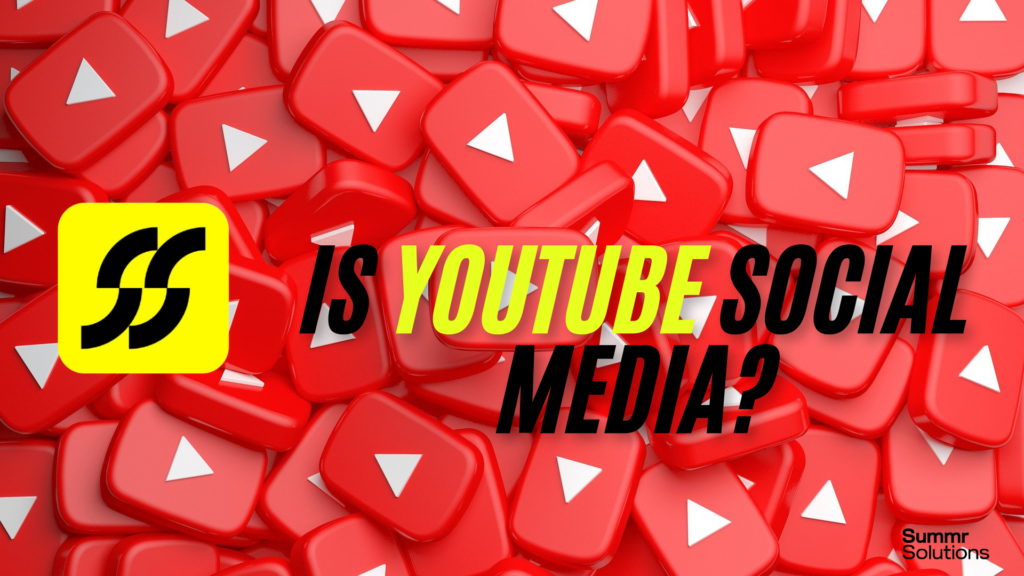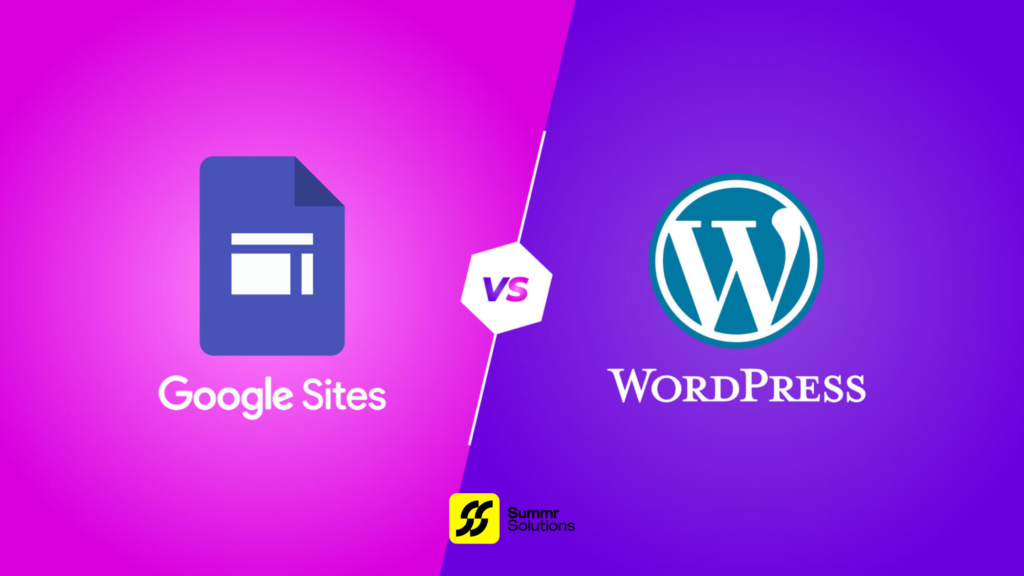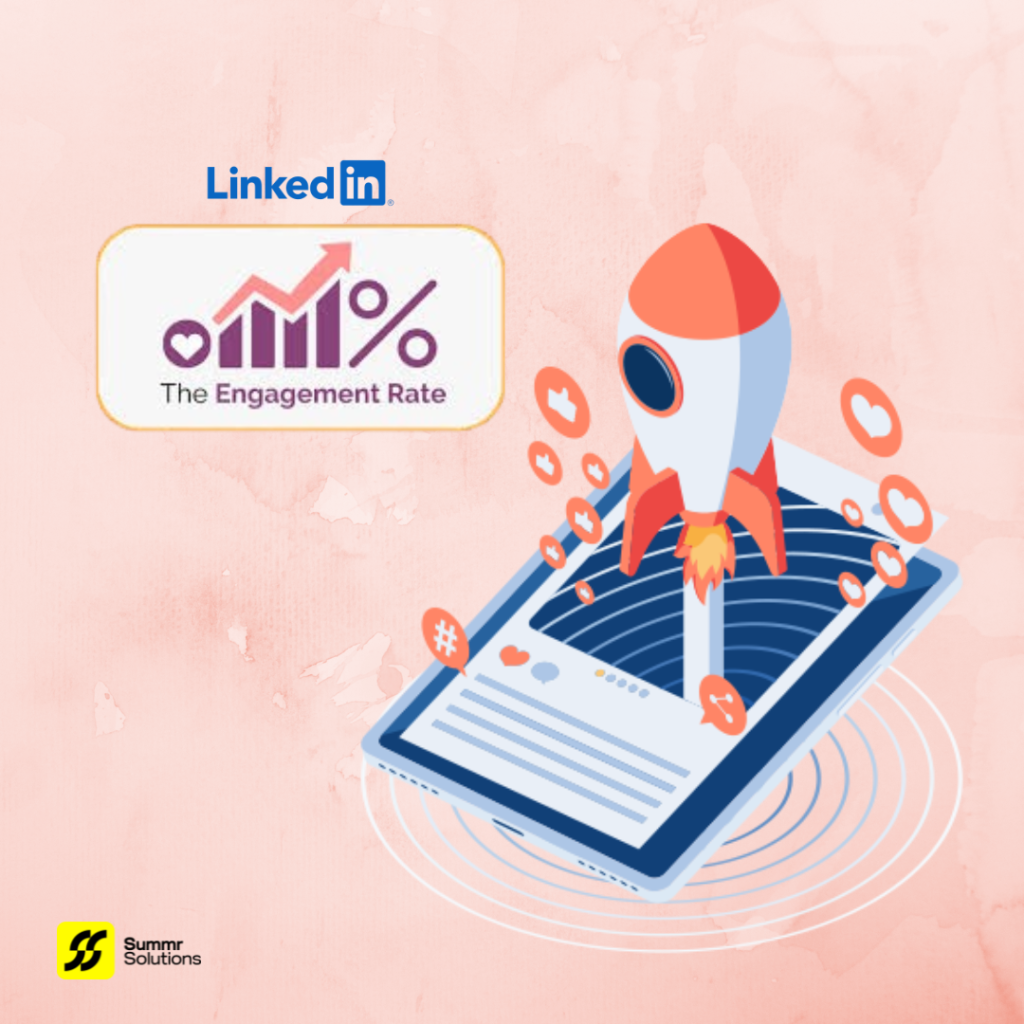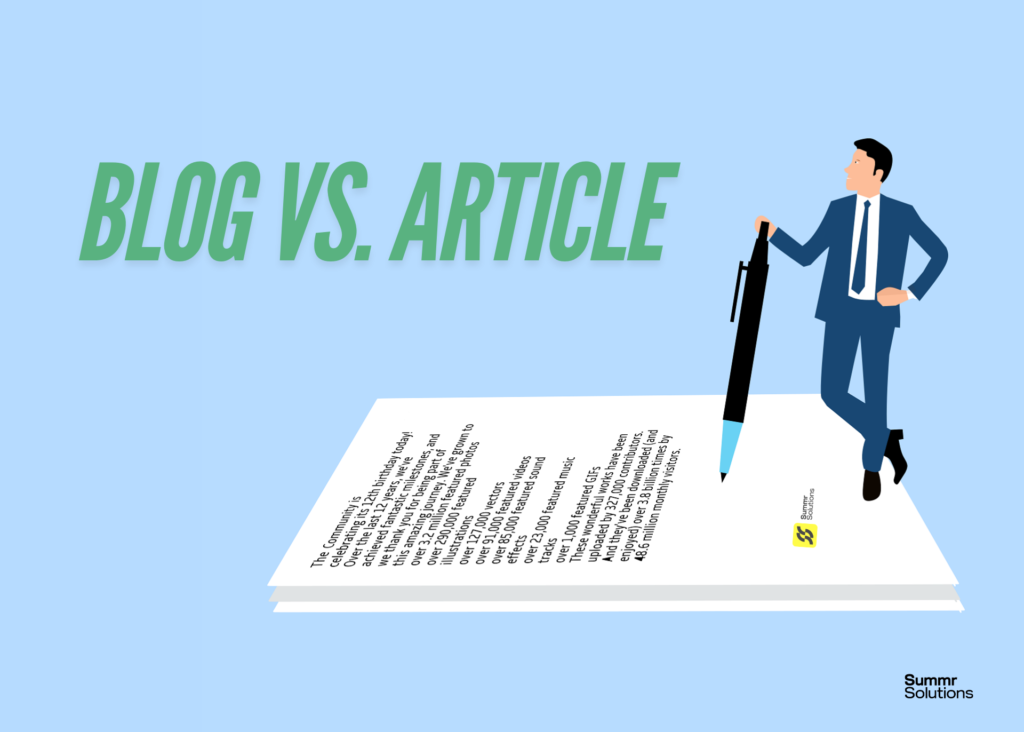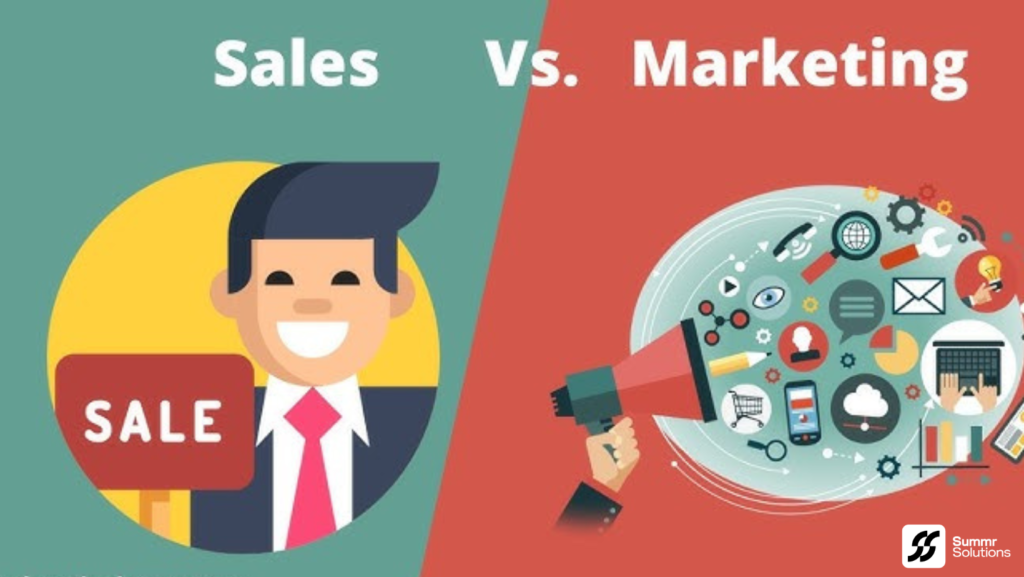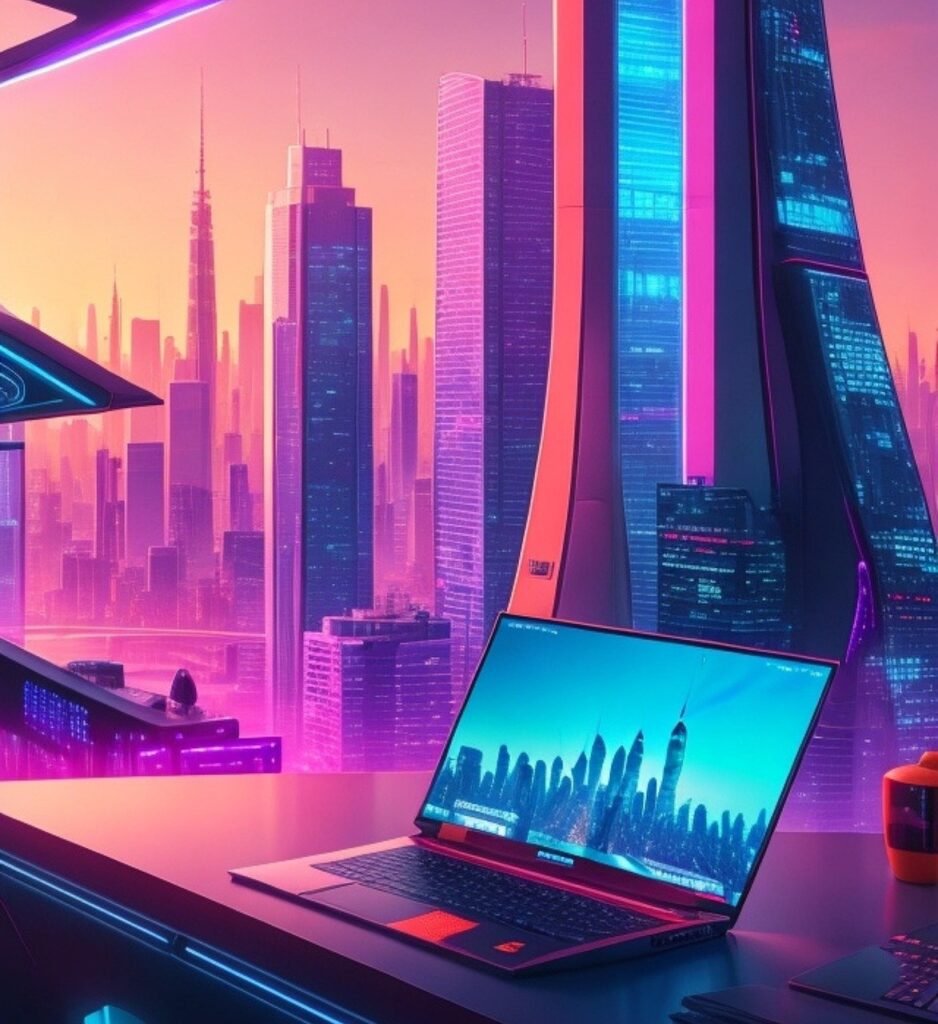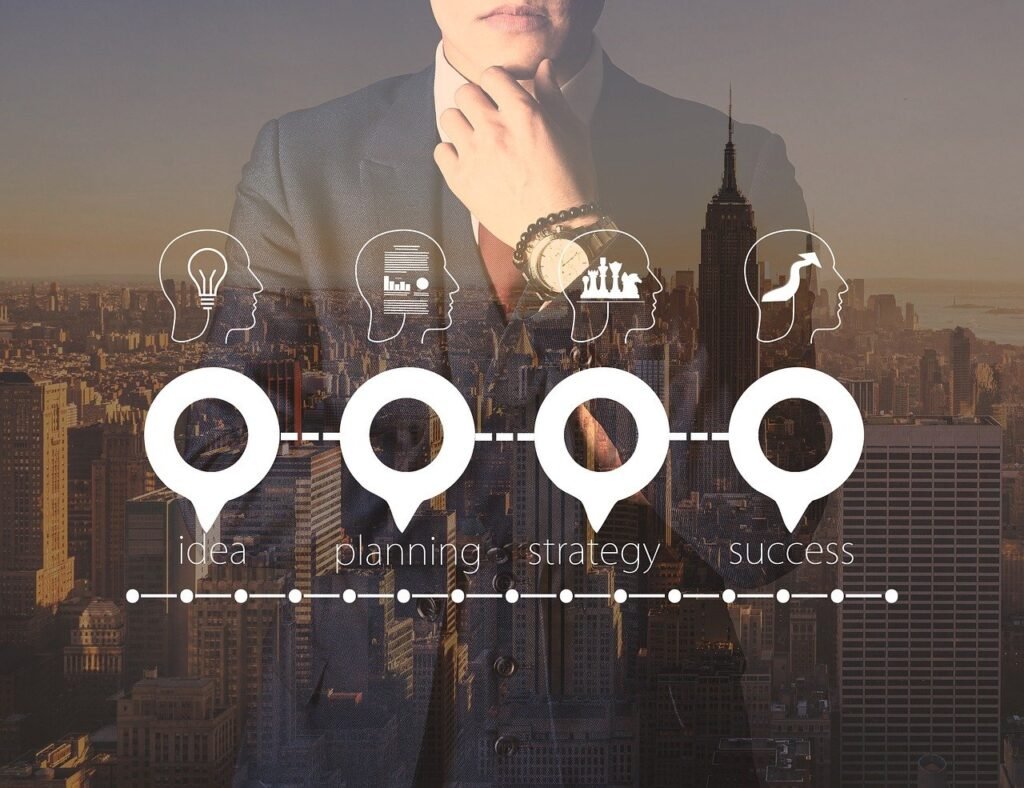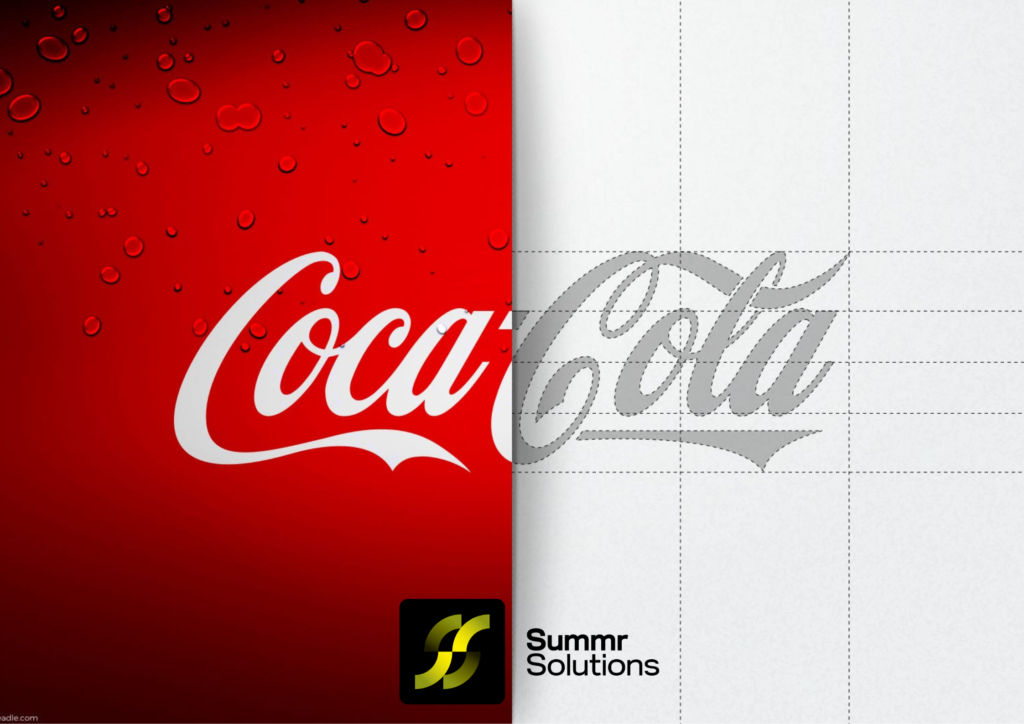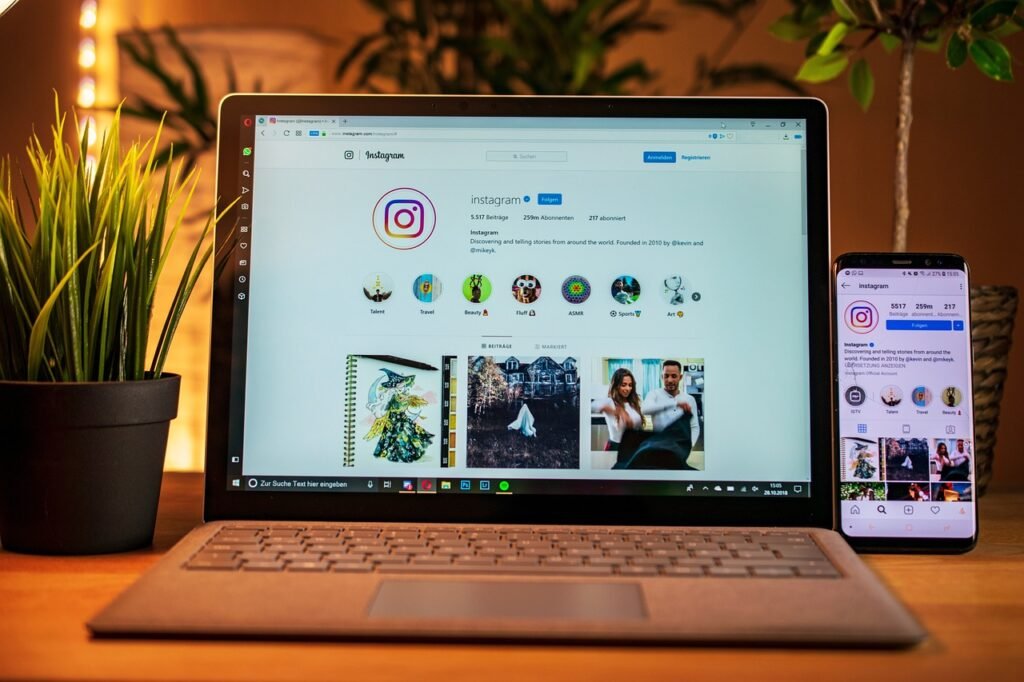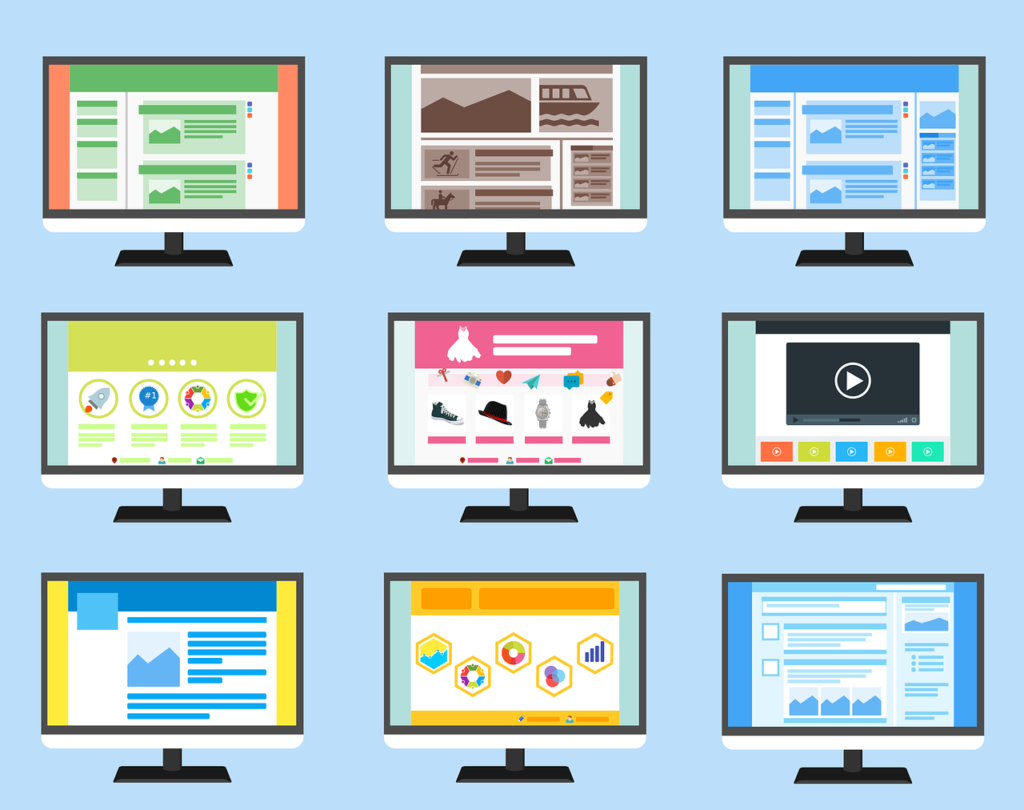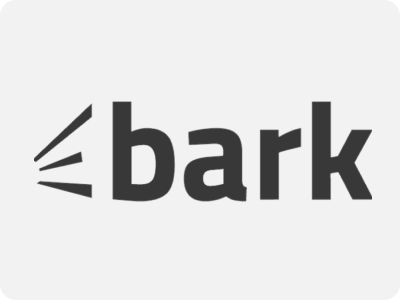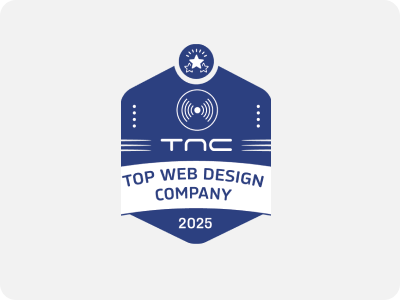Web design is constantly evolving to meet the demands of technology and consumer behavior. As we step into 2025, businesses must embrace innovative trends to stay competitive. In this article, we’ll dive into the top web design trends shaping the future and how they can benefit your business.
1. Emphasis on Minimalism and Clean Aesthetics
Less is more. Minimalist web design focuses on clarity, simplicity, and functionality.
- Use ample white space to guide users’ attention.
- Limit the number of colors and fonts for a cohesive look.
- Ensure content is concise and easy to digest.
Example: Brands like Apple and Airbnb excel with minimalistic designs that enhance user experience.
Want a clean, sophisticated look for your website? Summr Solutions can help you achieve timeless simplicity.
2. Rise of Dark Mode and Custom Themes
Dark mode has become a favorite for its modern appearance and energy-saving benefits on OLED screens.
- Offer users the option to toggle between light and dark themes.
- Use contrast and vibrant accents to make your content stand out in dark mode.
Tip: Test your website in both modes to ensure readability and aesthetic appeal.
3. Integrating AI-Powered Features
Artificial intelligence is reshaping web design by enabling personalized and automated experiences.
- Chatbots for 24/7 customer support.
- AI-driven content recommendations based on user behavior.
- Smart design tools to streamline the design process.
4. Accessibility as a Core Design Principle
Web accessibility ensures your website is usable for all, including individuals with disabilities.
- Use alt text for images and captions for videos.
- Ensure high contrast between text and background.
- Make navigation keyboard-friendly.
Stat Alert: Businesses with accessible websites reach 15% more of the global population.
Accessibility isn’t optional. Let Summr Solutions help you design a website that welcomes everyone.
5. Immersive Experiences with AR and VR
Augmented Reality (AR) and Virtual Reality (VR) are creating new ways for users to interact with websites.
- Virtual try-ons for e-commerce.
- 360-degree product views or virtual tours.
- Gamified experiences to enhance engagement.
Example: IKEA uses AR to let customers visualize furniture in their homes.
6. Faster, Smarter Performance with Core Web Vitals
Core Web Vitals—a Google ranking factor—focuses on three key metrics:
- Loading: How quickly content is visible.
- Interactivity: How responsive the site is to user input.
- Visual Stability: Avoid unexpected layout shifts.
7. Personalized User Journeys
Users expect websites to anticipate their needs. Personalization creates more meaningful interactions.
- Use data to display dynamic content based on user preferences.
- Implement geo-targeted elements for local customers.
- Offer tailored product or service recommendations.
Conclusion:
Web design in 2025 is all about creating meaningful, inclusive, and efficient experiences for users. By staying on top of these trends, you can craft a website that not only looks great but also delivers results.
Ready to embrace the future of web design? Contact Summr Solutions to start building your next-generation website today!

